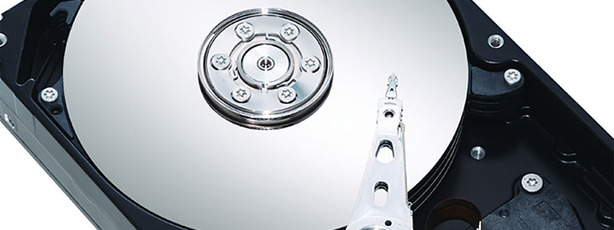Introduction to hard drive technology
March 12, 2007 | 10:55

Introduction
From a performance point of view, the hard drive has always been one of the most overlooked components in a desktop system. Perhaps hard drives just aren’t sexy enough? After all, competing with the newest and shiniest graphics cards and processors is a tough business for what is essentially a nondescript rectangular box in which you put stuff.Perhaps many people simply see the hard drive as a utility rather than a performance component in their system, using capacity (as opposed to speed) as a measure of greatness. Of course, there’s nothing wrong with this view in many situations – you just don’t need a high-performance hard drive to store all of your photos, music and movies.
The main aspect to consider in these situations is simply how many gigabytes you can get for your hard earned cash. For an OS disk, however, differences from drive to drive can mean very different levels of performance. Hardware enthusiasts spend plenty of time researching which processor, graphics card and memory is best for their budget, but more often than not, very little thought is put into the hard drive.

Certain features and certain hard drives are meant to be used in certain situations, when they are used for other purposes, the performance benefit simply isn’t there. A blazing fast enterprise hard disk, for instance, isn’t optimised for quick boot-up times, game loading times and a generally snappy ‘feel’ in your home computer.
So then, what do all of these fancy letters mean? NCQ, TCQ, RAID, IDE, SCSI, SATA, MTBF… the acronyms are virtually endless and it can be pretty confusing stuff. Manufacturers and retailers aren’t necessarily going to tell you that the exciting bling-word they’re using doesn’t really mean much for you. Let’s have a look at some hard-drive technologies and how they have an impact on desktop performance.


MSI MPG Velox 100R Chassis Review
October 14 2021 | 15:04








Want to comment? Please log in.